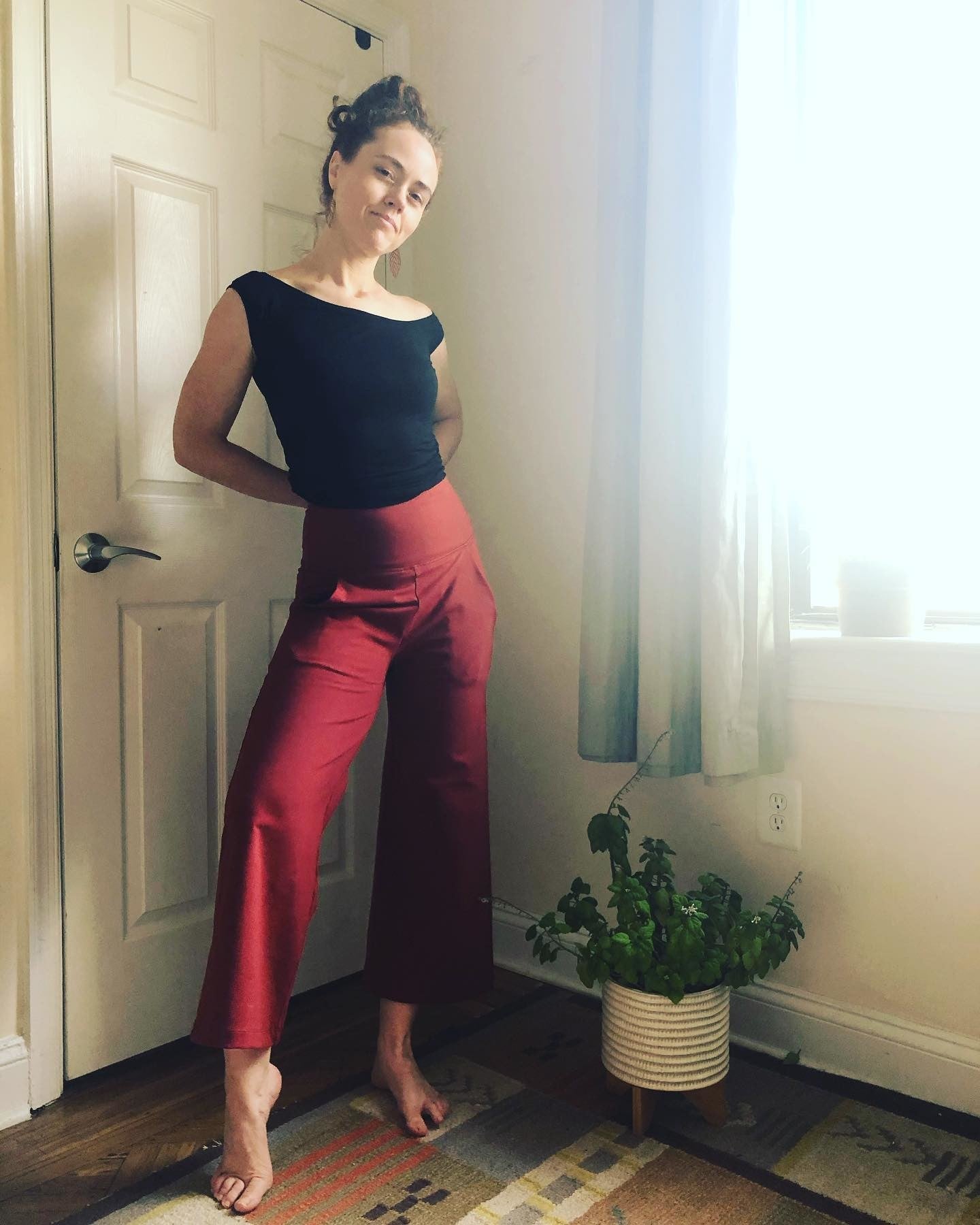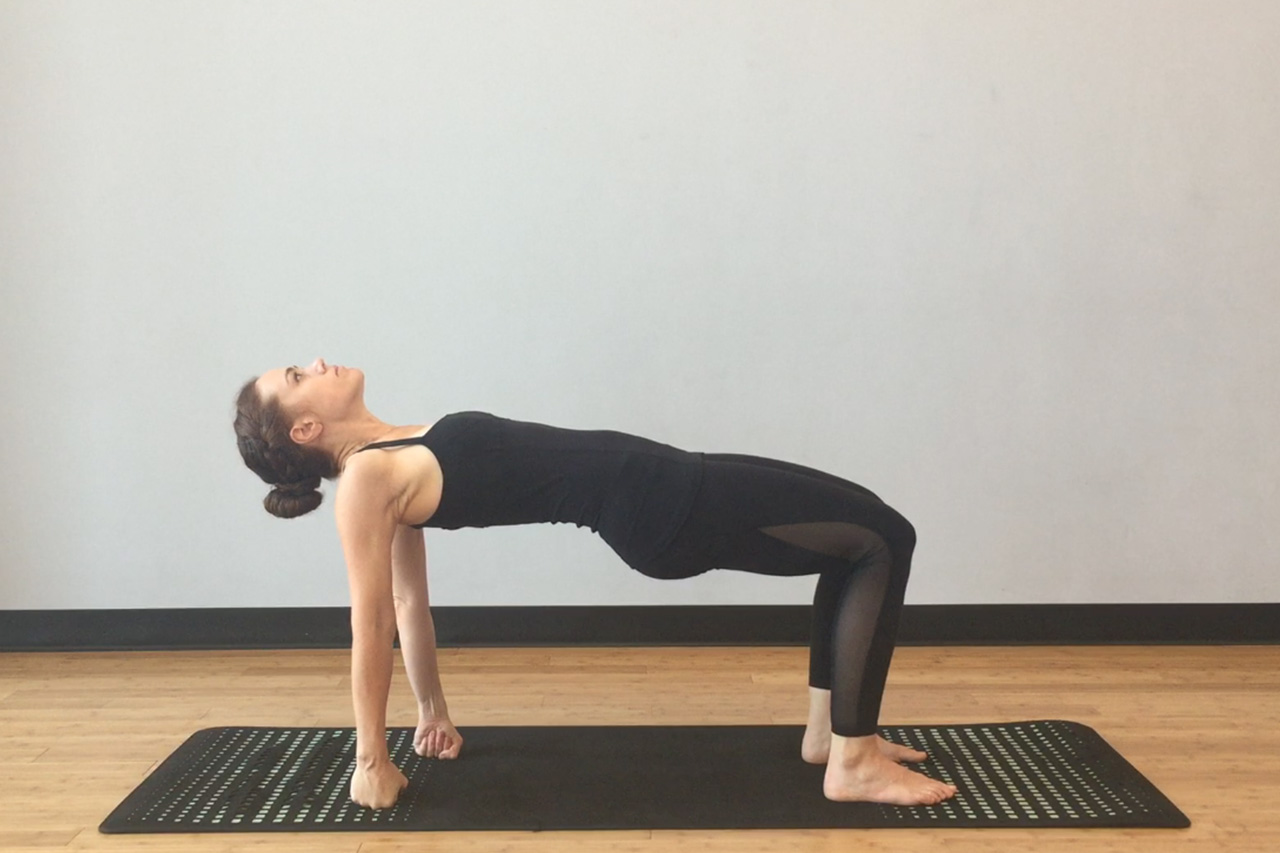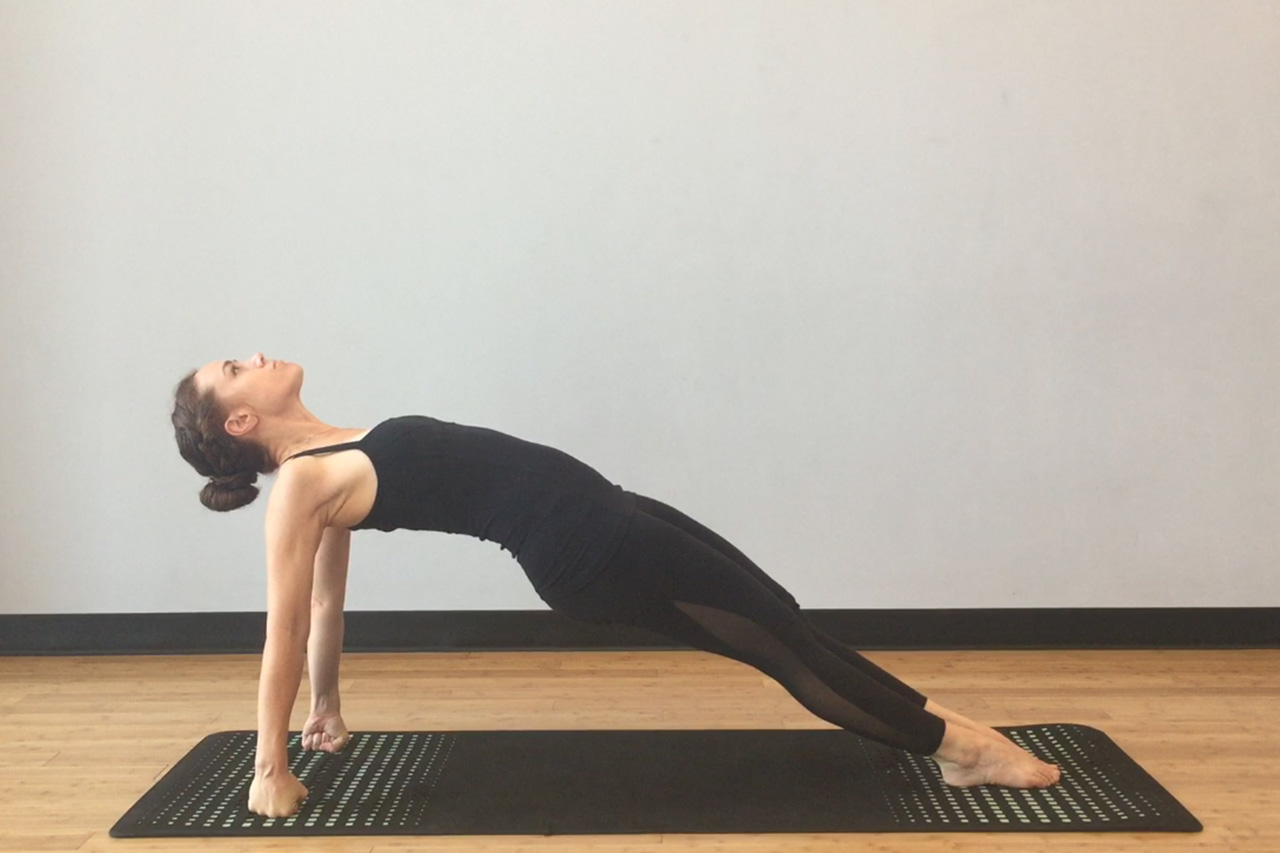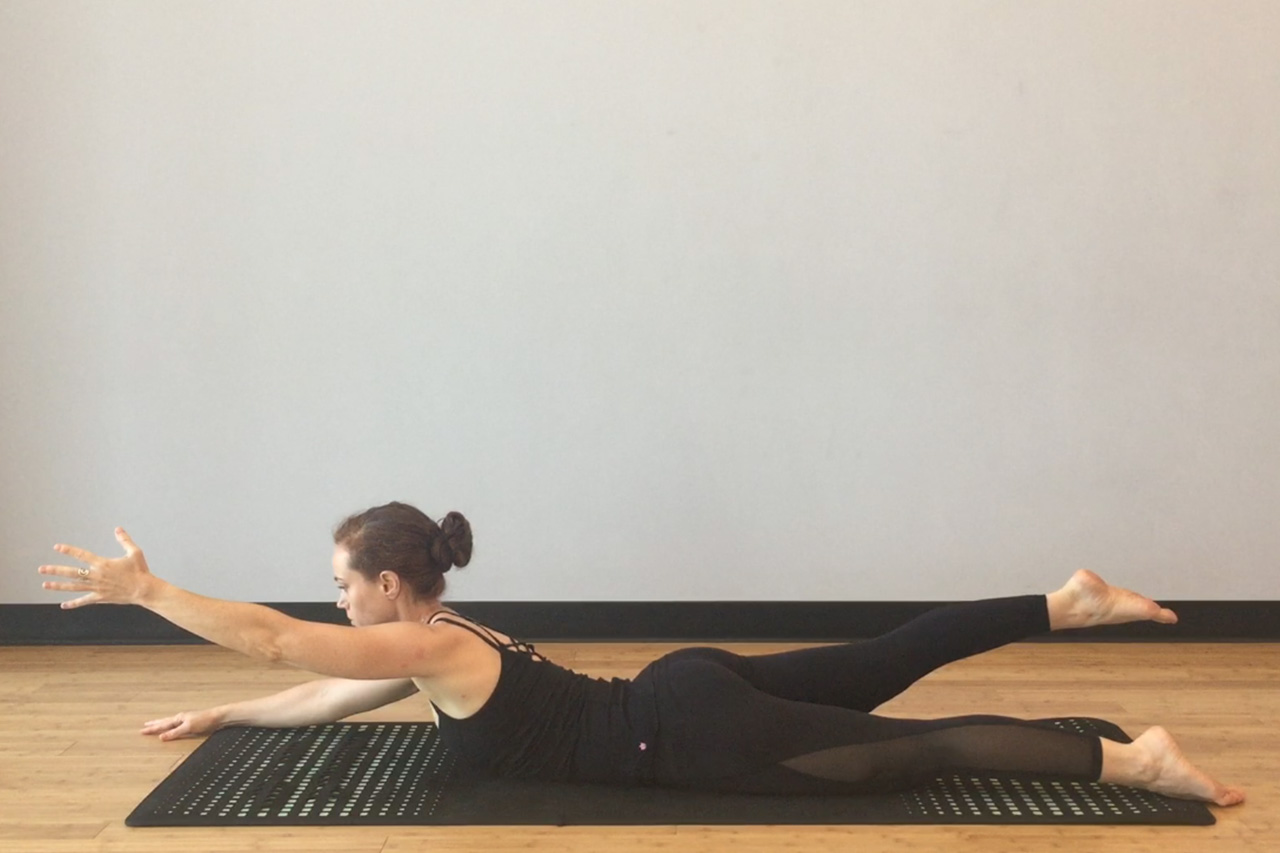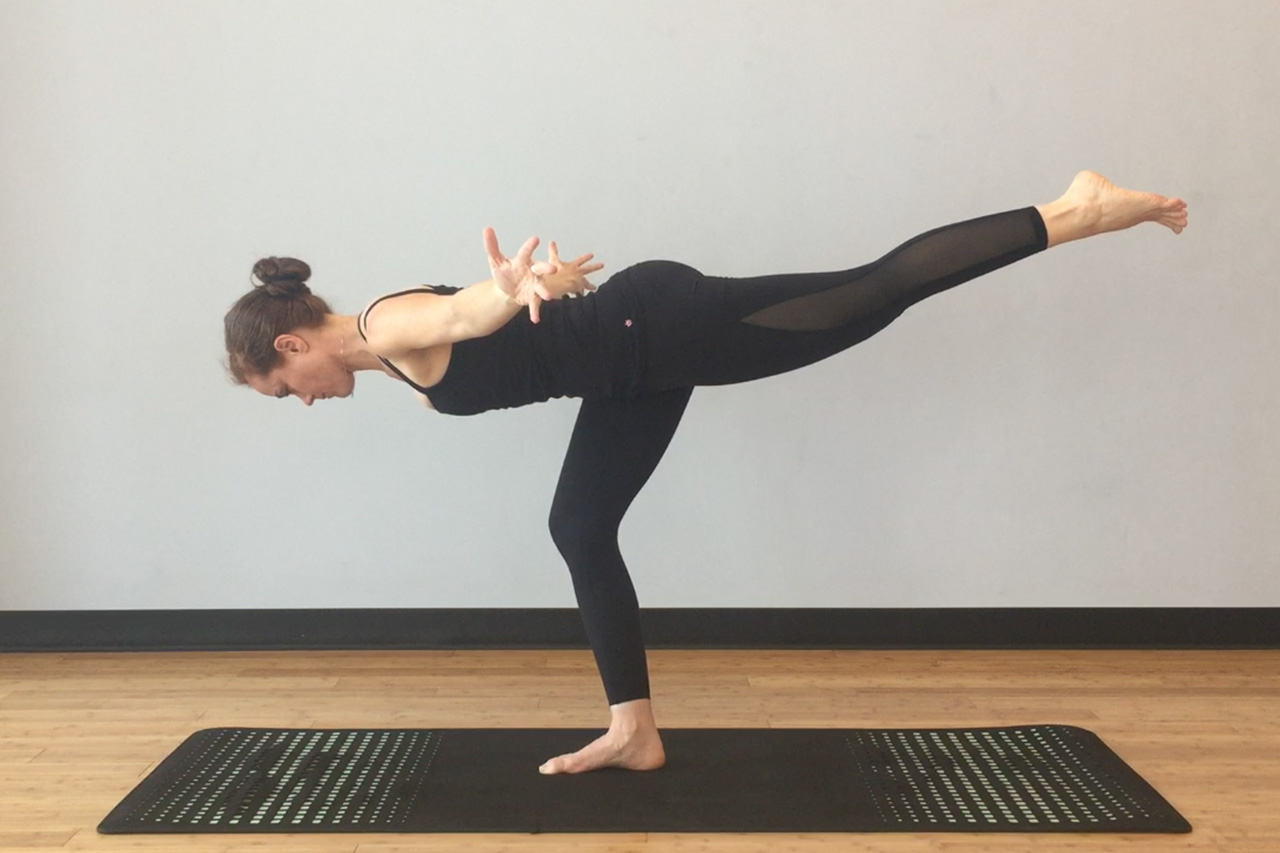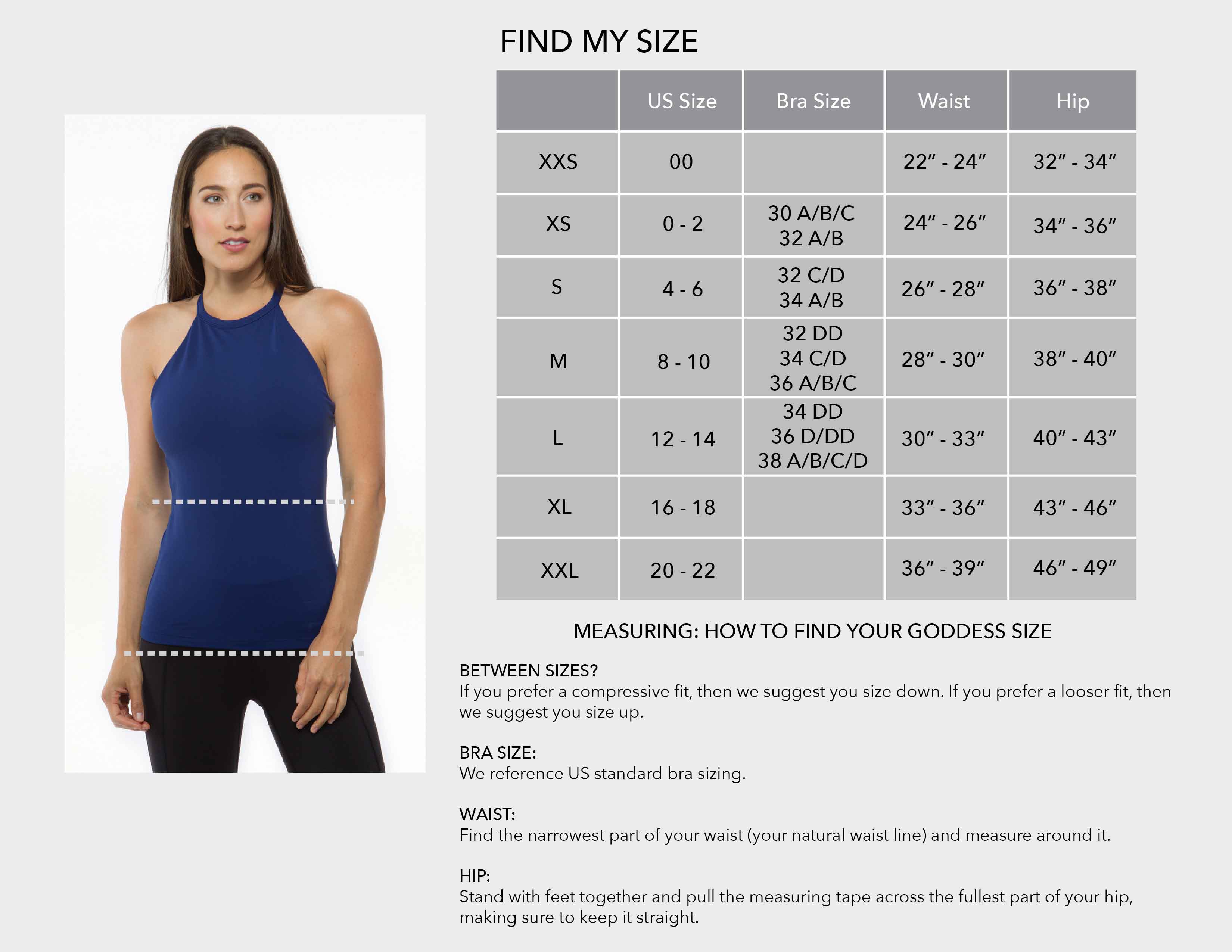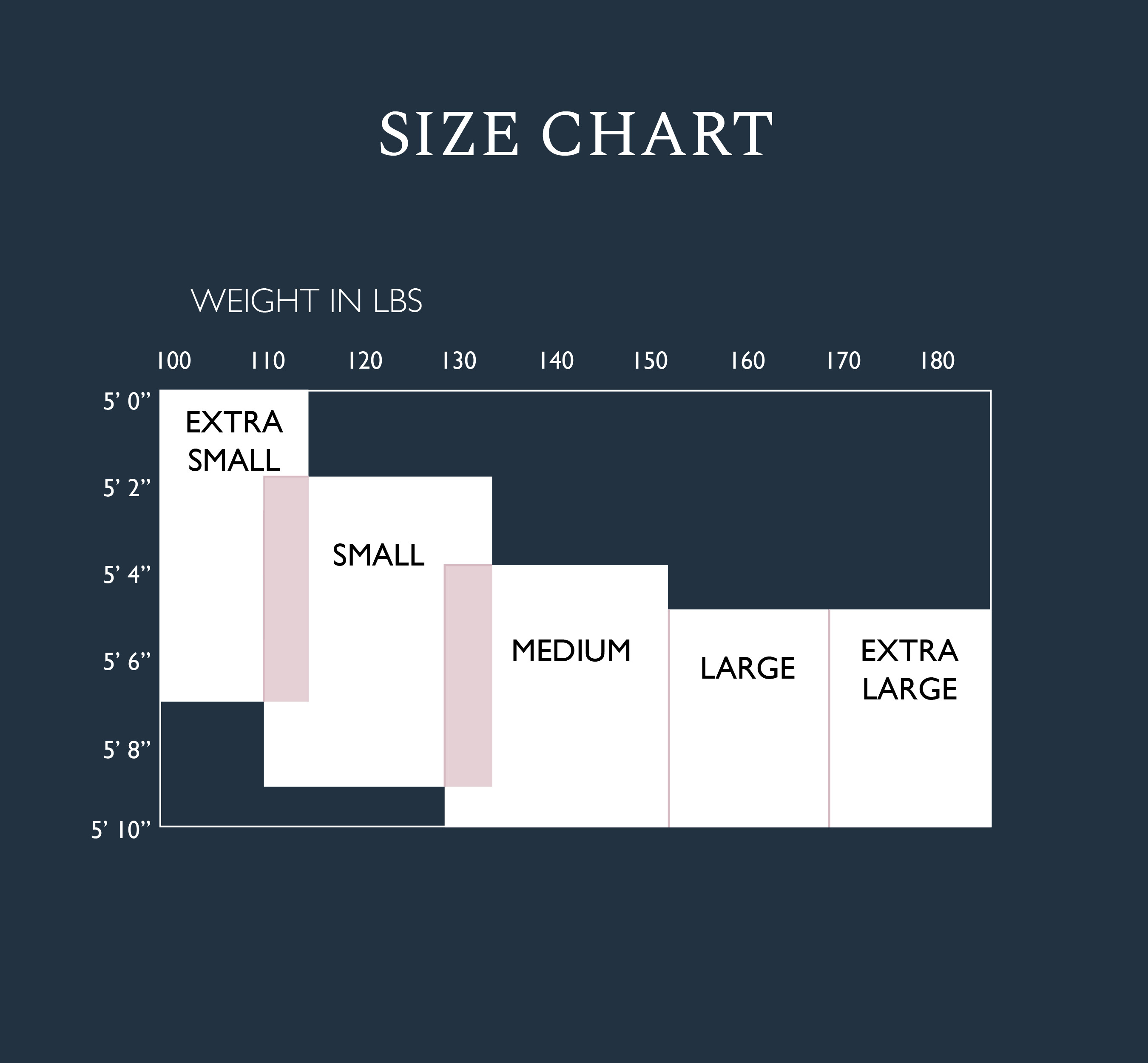
Sitting too much? 5 Tips to Get Moving
Have you been sitting more than usual? Perhaps your new home workspace is less ergonomic than the office version.
Or maybe the tricks that formerly sprinkled movement throughout your workday no longer apply.
Over the years I’ve heard many creative movement strategies from patients with sedentary jobs:
- Only use the farthest bathroom in the office building,
- Take the six flights of stairs when leaving the office building,
- Park as far away as possible - or - get off the metro one stop early to add to the walking portion of the commute
When your commute suddenly lasts 10 feet, your bathroom is right there, and the coffee maker is within arms reach, your hips -- among other body parts -- can suffer.
From new research that shows that sitting tricks your brain into thinking you weigh less, to more established research that ties cognitive ability to sitting time, we know that all this time on our tushies isn’t good for us.
MOVEMENT TOOLS
We ALL need new movement tools in our toolbox right now.
Before you empty your wallet on a fancy home bike, try these practical, yoga-inspired, and physical therapist-approved moves.
1. First, walk more.
Humans are designed to walk and move. Make sure you walk for 20-30 minutes at a time at least twice a day, preferably three times.
- Hot outside? Walk before your workday when the air is coolest.
- Lunch takes time to heat up? Walk while it warms. Yes, three minutes count.
- Do you head to the fridge the moment you close your laptop at the end of a workday? (me too!) Use it instead as a cue to walk.
- If it’s too hot to leave your home, put on your favorite dance tunes and shake it for the duration of one to two songs (or jog in place). Doing this at least once a day.
And if you are struggling to fit in walking or to create movement habits generally, I highly recommend the book Atomic Habits by James Clear.
2. Second, stand more.
Not everyone has a standing desk at home, but we can all makeshift a way to stand for laptops or reading work.
In addition to convertible standing desks, which are great for those with two monitors, a lap desk with legs is a versatile and affordable investment for this purpose. Bring your mobile “desk” not just to the couch, but to your dining table. Adjust for standing height with binders or boxes and find a happy medium between monitor at eye height and wrists on the keyboard at elbow height.
Get creative with what already exists around your home. In my telehealth physical therapy practice, I often park my laptop on the fold-out tray of a ladder.
By the way, you don’t have to stand for 8 hours. Try 10 minutes every hour, or 1 hour a day. You may slowly increase your tolerance, with a goal of standing just 30-50% of the time.
YOGA POSES
Integrating the two actions above will help your hips profoundly. I also recommend adding the following targeted hip strengthening moves to your yoga practice.
Generally, when it comes to yoga, I encourage you to focus on strengthening your hips and less on “opening” your hips. The feeling of tightness is more likely to go away when you engage your hips through their full range of motion muscularly rather than through stretch alone. (I talk a lot more about this in my online hips therapeutics course Way of the Happy Hips).
Here are 3 yoga moves to undo sitting:
3. Reverse Table and Reverse Plank
These two poses are powerful for turning on your glutes and hamstrings - two muscle groups that might be on hibernation after sitting.
Start sitting on the center of your mat, hands behind you. With knees bent (or straight for reverse plank), and feet hip-distance apart or whatever is comfortable for you, press through feet and hands and squeeze your glutes to lift your hips to be in line with your shoulders. Stay lower if you feel your back muscles take over.
Repeat 5-10 times, emphasizing initiation of the movement from your glutes. Feel free to add a hold at the top.
P.S. I’m demonstrating a variation with weight through my fists, which makes the poses more accessible to anyone with wrist pain, and which makes them more appropriate for a warm-up to be done before your live stream yoga class starts ;).
4. Locust Pose - opposite arm and leg variation
Locust pose, sometimes called Superman in the non-yoga fitness space, is potent for activating muscles along the back of our bodies. When we practice the variation lifting one leg at a time, it is easier to access the muscles of hip extension, and less likely to rely on our lower back muscles.
However, there is one loophole: you might be tempted to lift your right leg by pressing down through the left. Keep the leg that is on the ground soft, jelly-like, and focus on lifting from the posterior chain muscles one leg at a time. Option to add opposite arm.
To incorporate this move into a quick mid-day movement session, repeat steadily 8-10 times each side, alternating sides, focusing on stillness in the pelvis, and not on height achieved.
5. Warrior III with Bent Standing leg
Warrior III is a two-for-one special when done with special attention to a bent knee in the standing leg.
Your glutes - of course - are firing with your lifted leg, but when you bend your standing knee, the lateral hip stabilizing muscles of that leg also turn on.
Worry less about the aesthetics of perfectly straight Warrior III legs. Instead, fire up your outer bum with a pulsing single leg chair pose on the standing leg.
10-15 pulses per side with a strong sense of connection from the front pelvis to your lowest front ribs will keep the hips firing.
Wrap-up
Your biggest takeaway from this post is to remember the importance of “movement nuggets” sprinkled throughout the day and to make sure you don’t neglect the basics -- walking and standing.
I wish I could recommend yoga alone for hip maintenance, but the world of yoga today doesn’t include nearly enough hip strengthening. If you want more information about how to achieve this rare hip strengthening in the context of yoga (hint: you should!), I have a new online course on Yoga Anatomy Academy called “Way of the Happy Hips”, available on YogaAnatomyAcademy.com. Either way, head over there to download a free SI Joint stabilizing yoga practice.
If you liked this blog, check out our other blogs like "3 Poses for a Quick Reset", or "8 Different Types of Yoga: Explained to Help you Choose", "Resources for Your Well-Being", and "Resources to Nurture your Spirituality"
